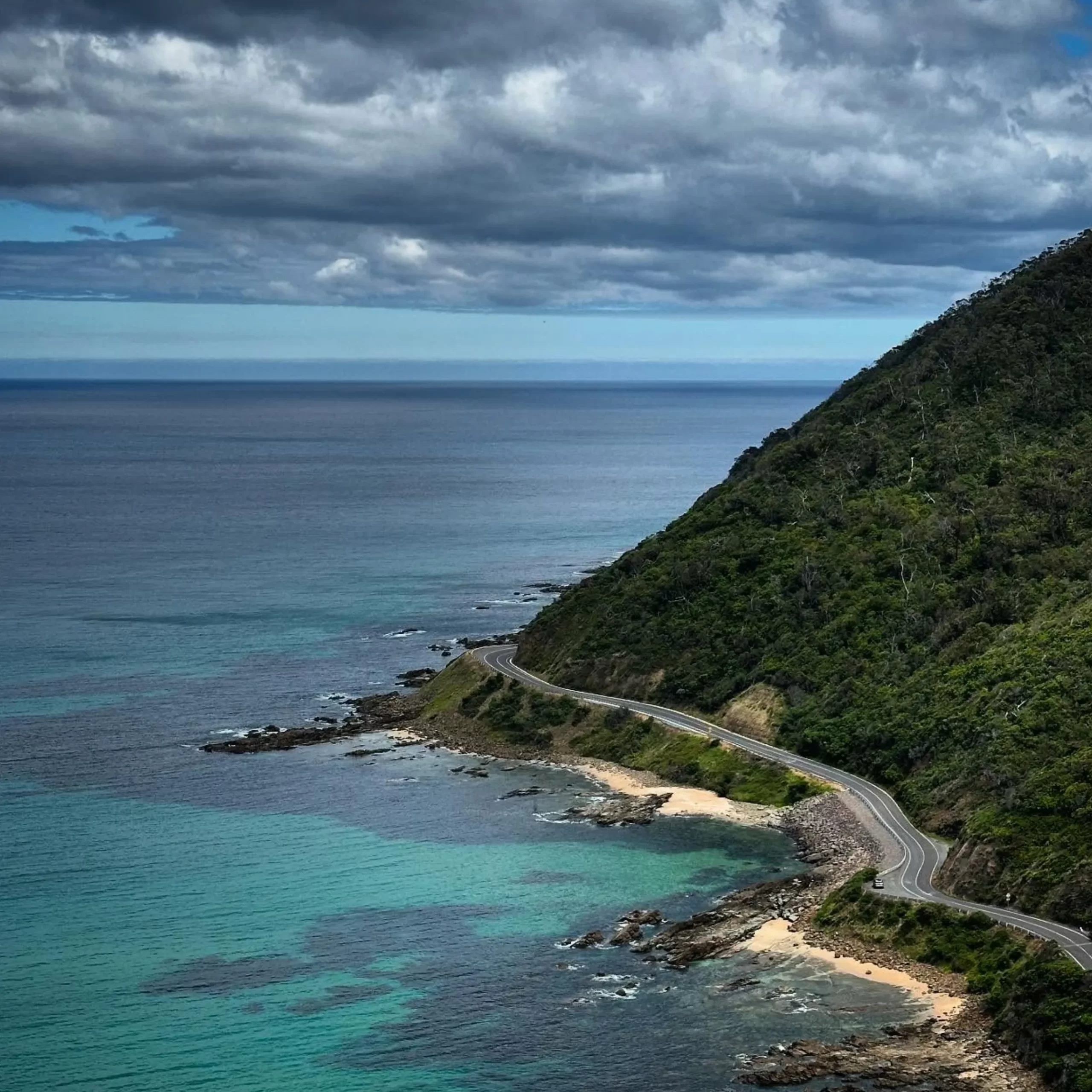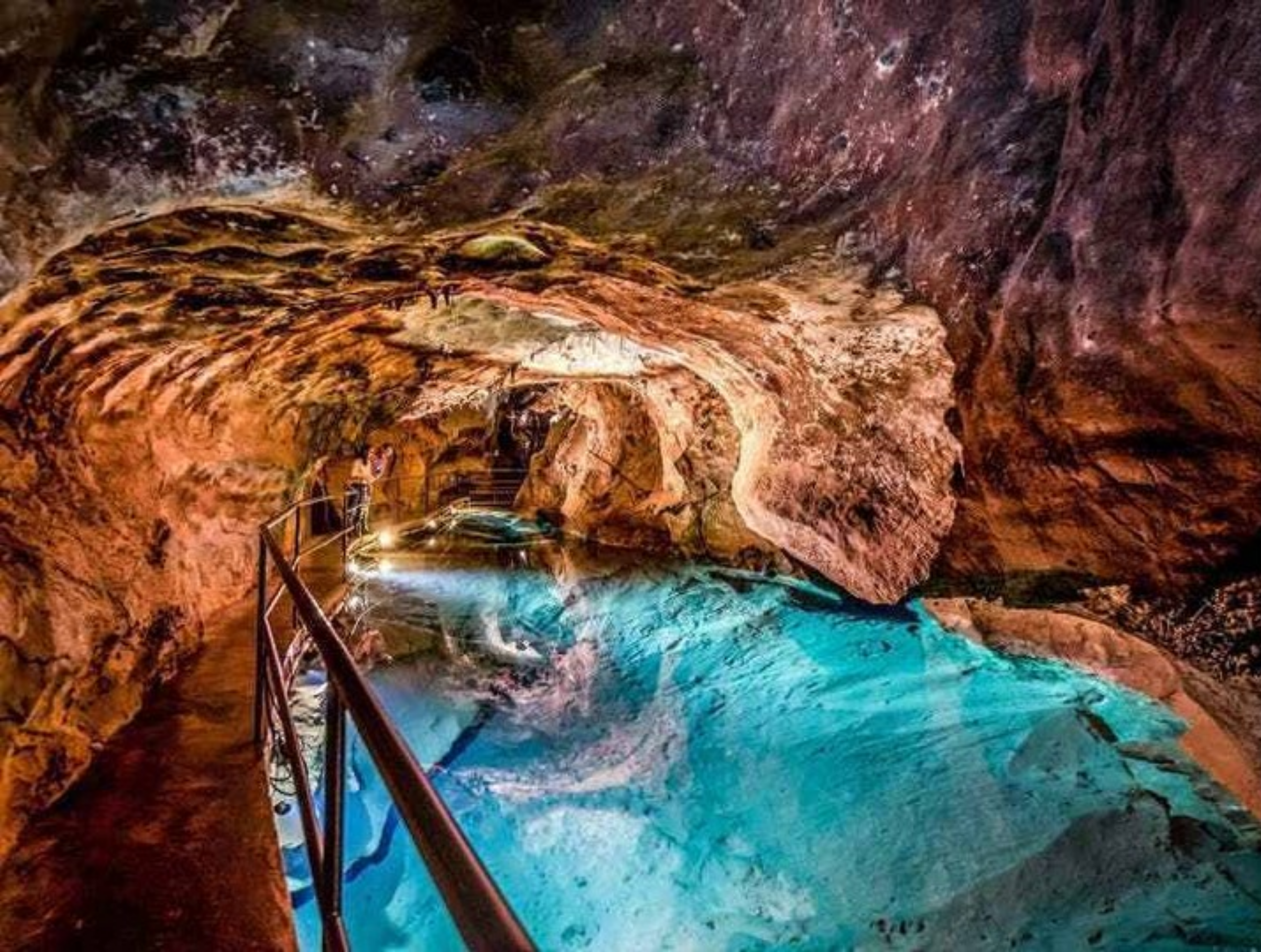The Great Ocean Road is one of Australia’s most popular and beautiful drives with tourists from all around the world. It’s 240km long along the Victorian coast and is a journey of stunning coastline, rainforest and unique landmarks like the Twelve Apostles. Many people wonder if you can do this famous drive in a campervan. The answer is yes! Driving a campervan on the Great Ocean Road is not only possible but also a great way to do it at your own pace. This guide has everything you need to know about campervan travel on this iconic road.
Campervan the Great Ocean Road
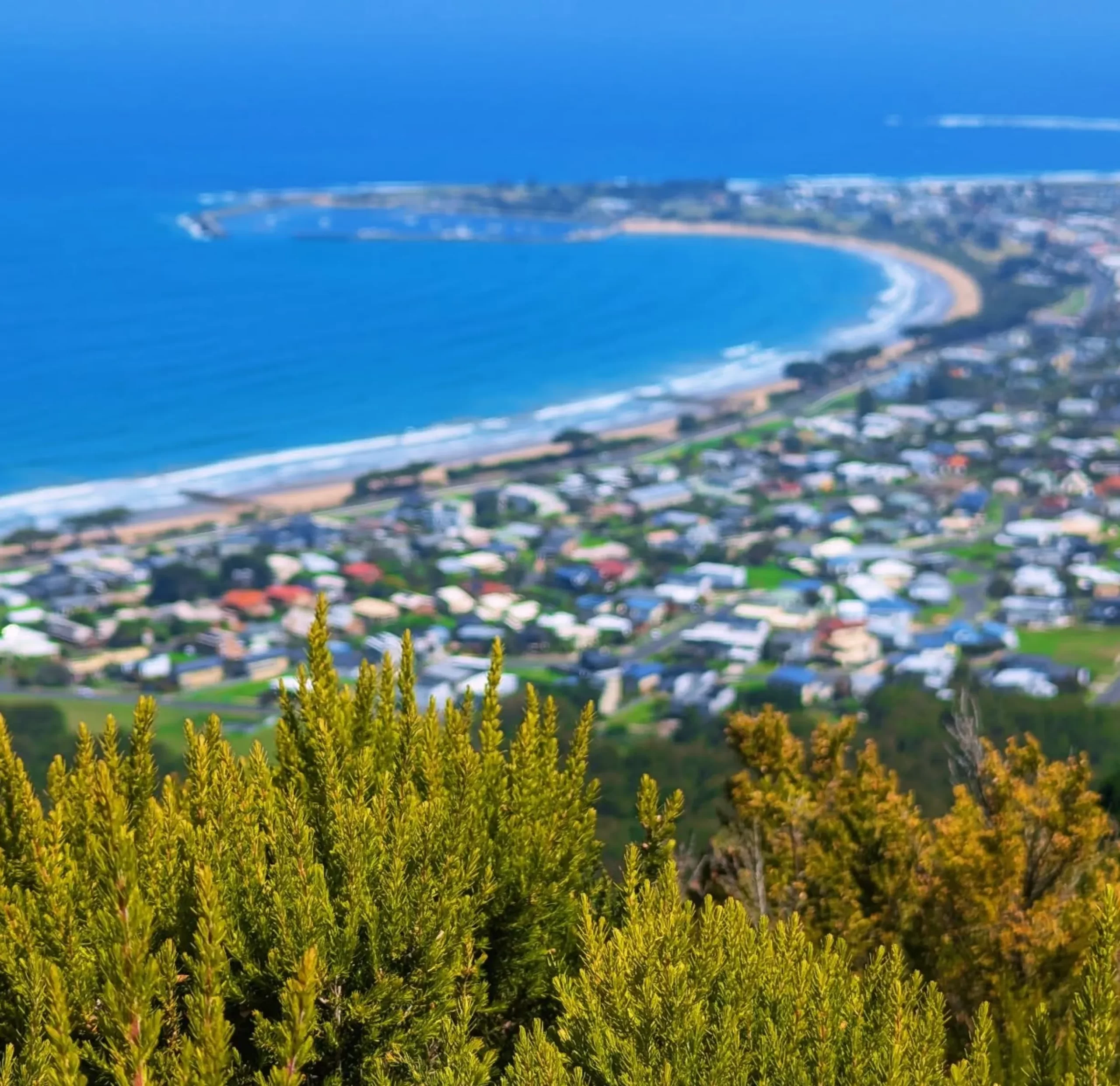
- Flexibility and Freedom: Traveling in a campervan gives you the freedom to self drive. Stop at lookouts, explore hidden beaches and stay overnight at campsites or holiday parks in popular seaside towns like Apollo Bay and Port Campbell.
- Budget Accommodation: Campervans eliminate the need for hotels, it’s a cost effective option for budget travelers. Stay in coastal villages like Aireys Inlet or Wye River.
- Nature at your Doorstep: Wake up to the sound of waves and be surrounded by the natural beauty of the Australian coast. With a campervan you’re always close to nature—think beach views at Johanna Beach or rainforest in Otway National Park.
- Self Contained: Campervans have kitchenettes, beds and other essentials so you can be self contained and reduce the need for restaurants.
Road Conditions and Driving Notes
The Great Ocean Road is a beautiful drive but it’s important to be aware of road conditions and driving notes for this route.
- Narrow and Twisty Roads: The road is famous for its tight corners and sharp bends, especially in the Lorne to Apollo Bay section. Drive carefully especially in a bigger vehicle like a campervan.
- Weather: The weather can change quickly, rain and wind can impact road conditions. Check the forecast before you go.
- Traffic and Peak Times: The road can get busy, especially in summer and holidays. Start your drive early to avoid traffic and get a good campsite.
- Wildlife: Kangaroos, koalas and birds may cross the road, especially at dawn and dusk. Be extra careful during these times.
- Speed Limits: Follow the posted speed limits which change frequently along the route especially near popular spots like Bells Beach and Port Fairy.
- Overtaking: There are limited overtaking lanes so be patient with slower traffic and don’t take risks.
Campervan Parking and Overnight Stays
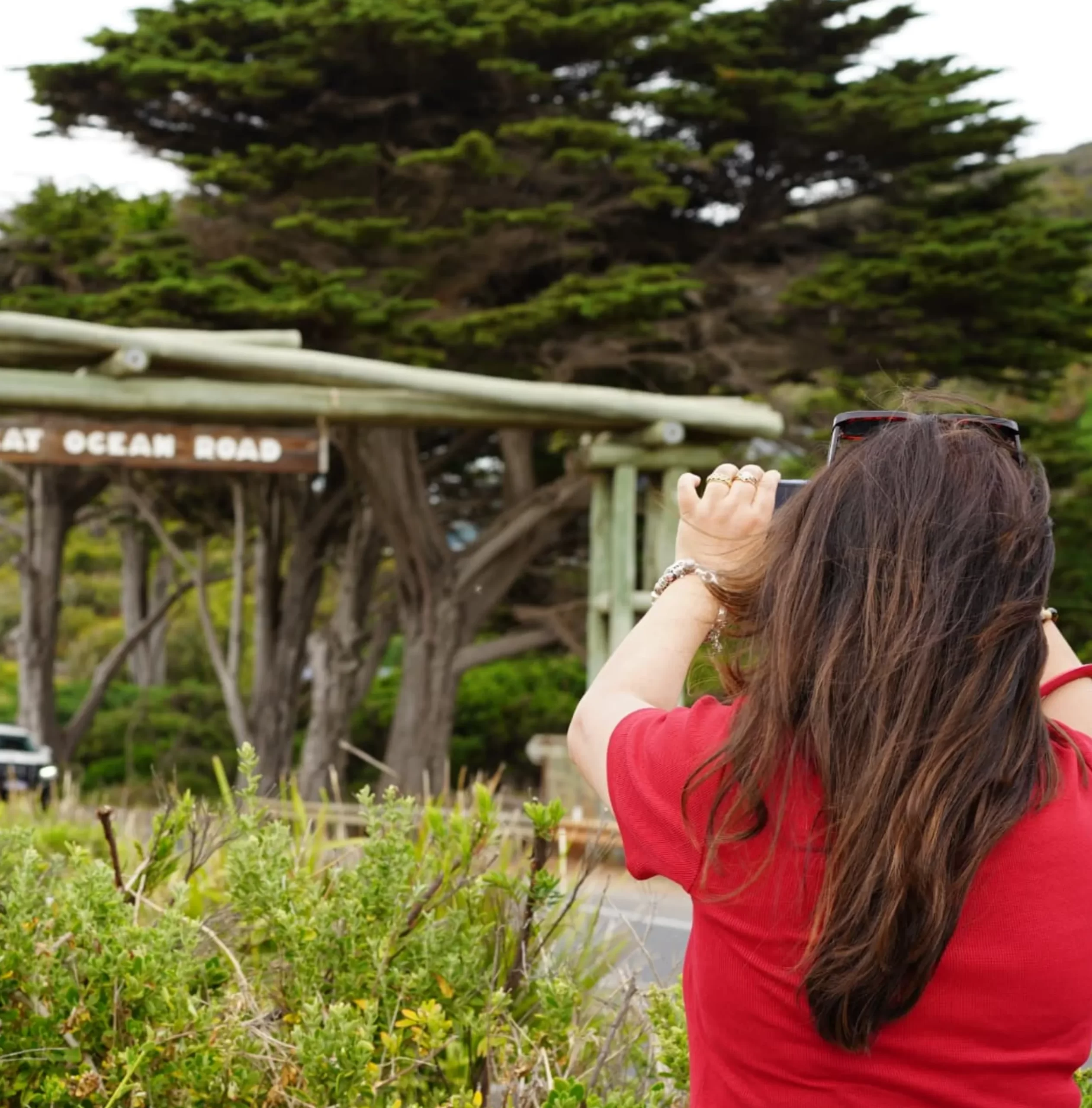
Where to Park Your Campervan Overnight?
- Holiday Parks and Campgrounds: There are holiday parks and campgrounds along the route where you can park your campervan overnight. Many have showers, toilets and cooking facilities. Look for caravan parks near Lavers Hill and Cape Otway.
- National Parks: Some sections of the Great Ocean Road go through national parks where there are designated camping areas. Book ahead especially during peak season to camp near Otway National Park or Port Campbell National Park.
- Rest Stops and Public Parking: Rest stops may allow short stays or overnight parking. Check the signage for stay times.
- Free Camping: Free camping is limited along the Great Ocean Road as overnight camping in unauthorized areas is not permitted. Use camping apps or local knowledge to find legal free camping spots.
Best Campervan Spots on the Great Ocean Road
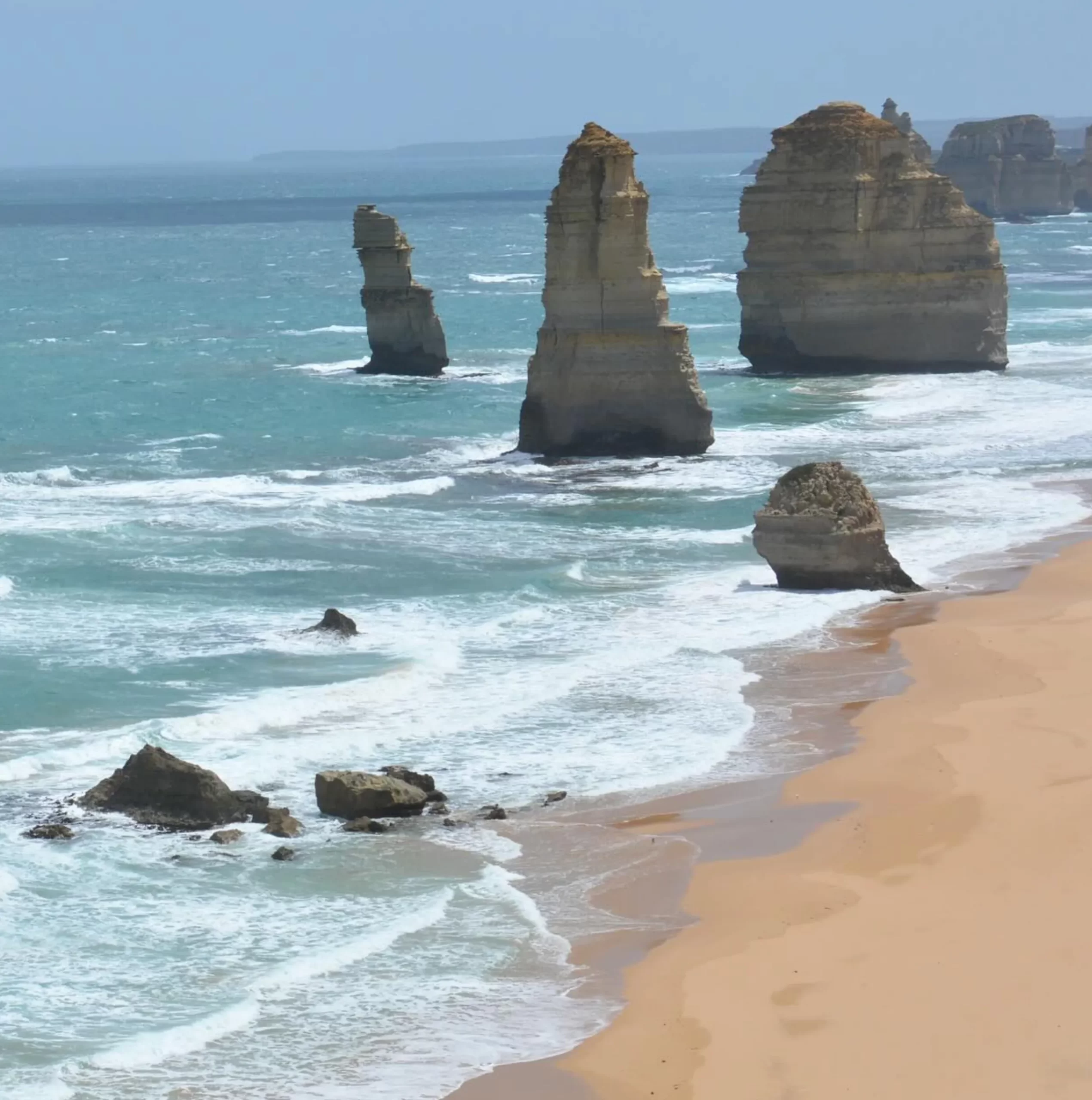
- Twelve Apostles: No trip along the Great Ocean Road is complete without visiting the Twelve Apostles. Park your campervan and walk to the viewing platform for stunning views of the stacks.
- Loch Ard Gorge: Near the Twelve Apostles, this gorge is perfect for a walk, swim or picnic.
- Port Campbell: This quaint seaside town is great to refuel, grab a meal or stay overnight at a holiday park. Enjoy the views of the rugged cliffs and limestone stacks.
- Otway National Park: Stop and explore the rainforests, waterfalls and the famous Otway Fly Treetop Walk. Hike through the trails lined with giant trees and experience the natural beauty.
- Apollo Bay: Great for dining, shopping and beach time. Campervan parking and overnight stays available at local holiday parks.
- Lorne: Visit the bustling town of Lorne for the beach, cafes and nearby waterfalls.
- Anglesea: Family friendly beach so great to stop and relax before you continue on your journey.
- Bells Beach: Famous surf beach with big waves and surfing competitions. Surfers and adventure seekers will love the challenging breaks and coastline.
- Johanna Beach: A secluded beach for surfers and nature lovers.
- Kennett River: Stop and spot koalas in the wild as you walk along the paths lined with eucalyptus trees.
Campervan Hire
If you don’t have a campervan, there are several hire options in Melbourne which is the starting point for most Great Ocean Road trips.
- Campervan Hire Companies: Britz, Jucy, Apollo, Maui and Autopia Tours are some of the popular campervan hire companies.
- Book Ahead: Book early for peak season to get the best vehicle and price.
- What to Check: Kitchen, sleeping area, storage. Insurance and fuel policy.
Nearby Tour Destinations

- Grampians National Park: Just off the Great Ocean Road, Grampians has hiking trails, waterfalls and mountain views.
- Phillip Island: Famous for the Penguin Parade, Phillip Island is a wildlife must see a few hours from the Great Ocean Road.
- Mornington Peninsula: Hot springs, wineries and coastal walks, perfect day trip before or after your Great Ocean Road adventure.
What to bring
- Docs: License, rental papers and insurance.
- Clothing: Layers for changing weather.
- Food and Cooking: Stock up on groceries, some areas have limited supplies.
- Camping Gear: Sleeping bags, pillows and extra blankets for cold nights.
- Emergency Kit: First aid kit, flashlight and tools for minor repairs.
- Tech and Navigation: GPS or maps, phone charger and power bank.
Campervan Pros and Cons
Pros
- You’re in control of your itinerary
- Accommodation and transport in one
- Access to awesome campsites and natural beauty
Cons
- Narrow and windy roads
- Limited parking in tourist areas
- Higher fuel costs for larger vehicles
Conclusion
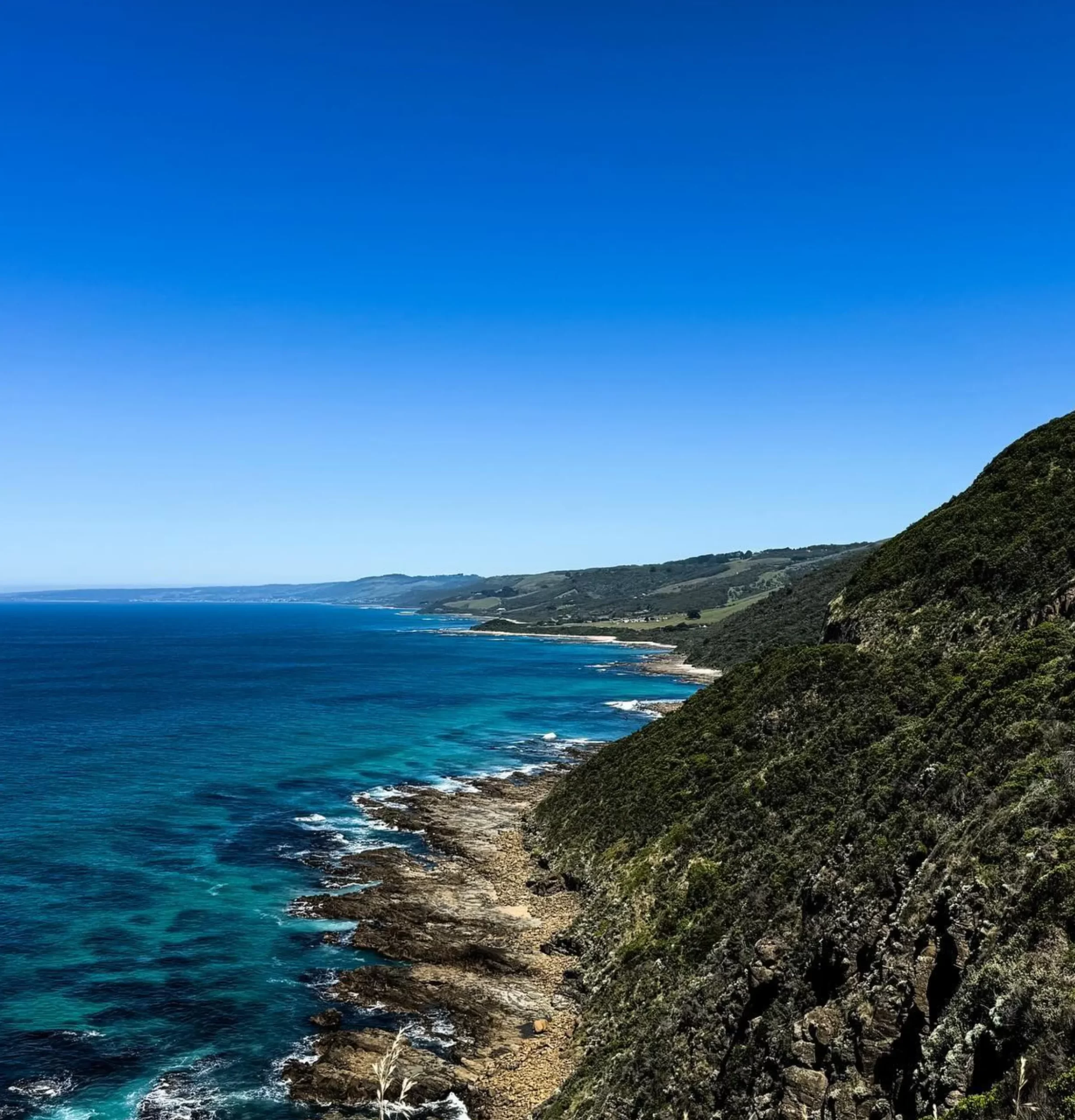
Driving the Great Ocean Road in a campervan is an unforgettable adventure. It’s a journey that offers flexibility, stunning scenery, and a chance to connect with nature. For those seeking a well-planned itinerary, a Great Ocean Road Tour 2 days is a perfect choice to experience the highlights without missing the iconic stops. While the narrow roads and weather changes can present challenges, proper planning and caution will ensure a smooth trip. Whether you’re stopping at the Twelve Apostles or camping in a rainforest, a campervan allows you to experience every inch of this world-famous route. So pack your bags, rent a campervan, and hit the road for an epic journey along the Great Ocean Road.
FAQ
Can I park a campervan overnight on the Great Ocean Road?
Yes, but only in designated campgrounds, holiday parks and some national parks. Free camping is not allowed in most areas.
Do I need a special license to drive a campervan?
No, a regular driver’s license is fine to drive a standard campervan in Australia. Check with the rental company for details.
Are there height and length restrictions on the Great Ocean Road?
Some sections have tight turns and low bridges. Check with the rental company for vehicle dimensions.
Can I drive the Great Ocean Road in a campervan in winter?
Yes, but weather can be wild. Rain, wind and wet roads require extra care.
How much does it cost to rent a campervan for the Great Ocean Road?
Costs vary by season, campervan size and rental duration. $50-$150 AUD per day plus insurance, fuel and campsite fees.
